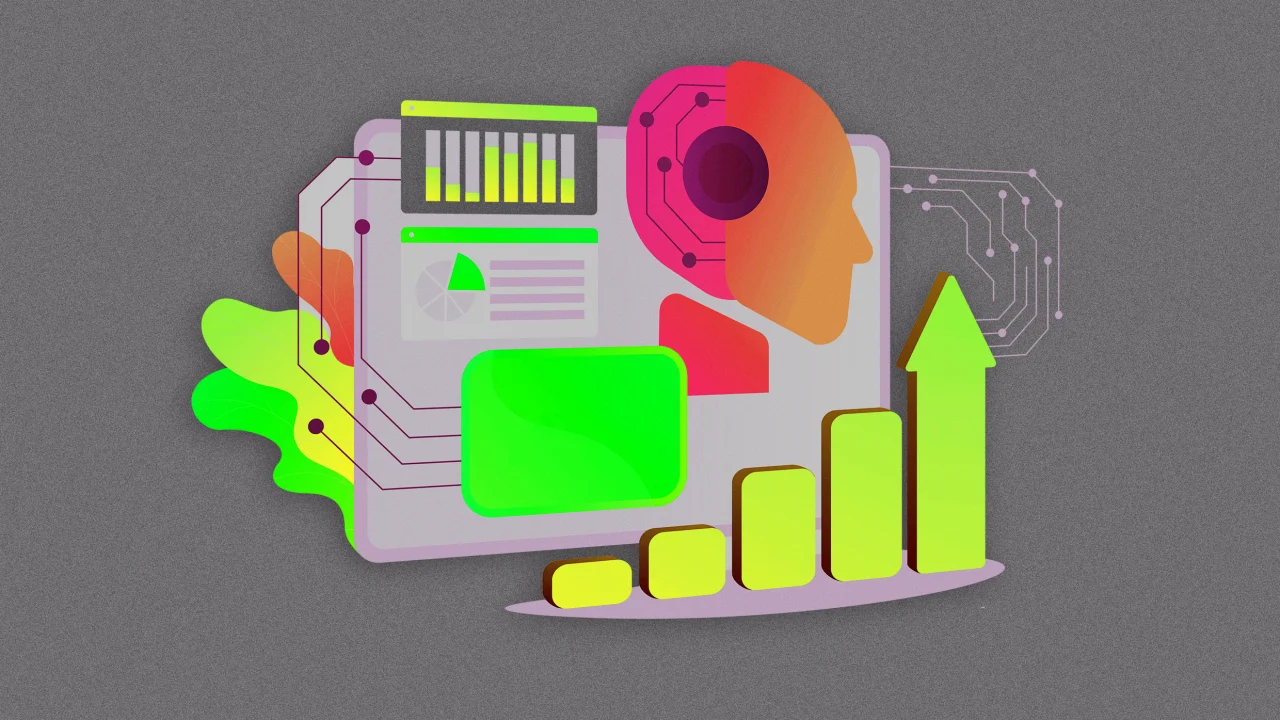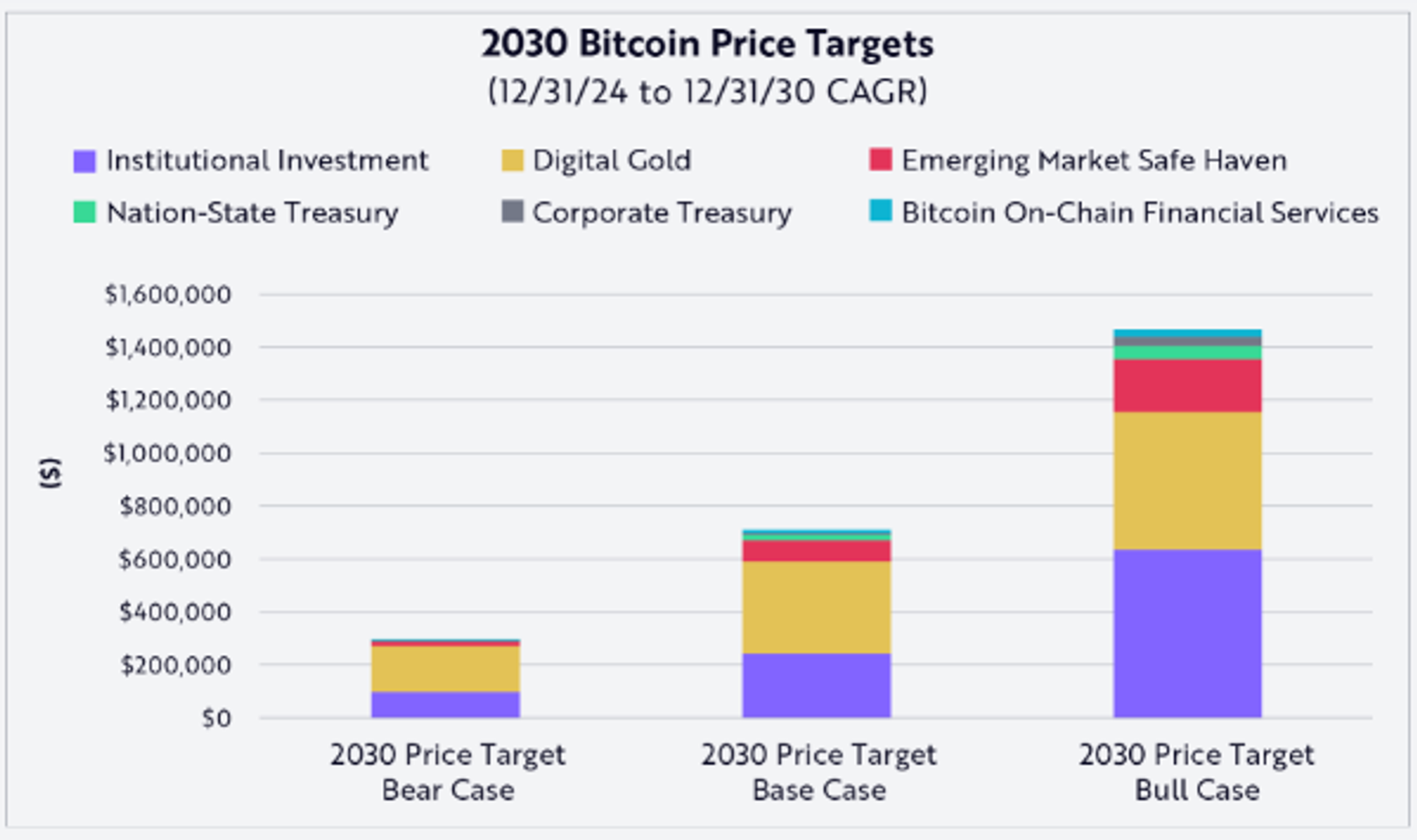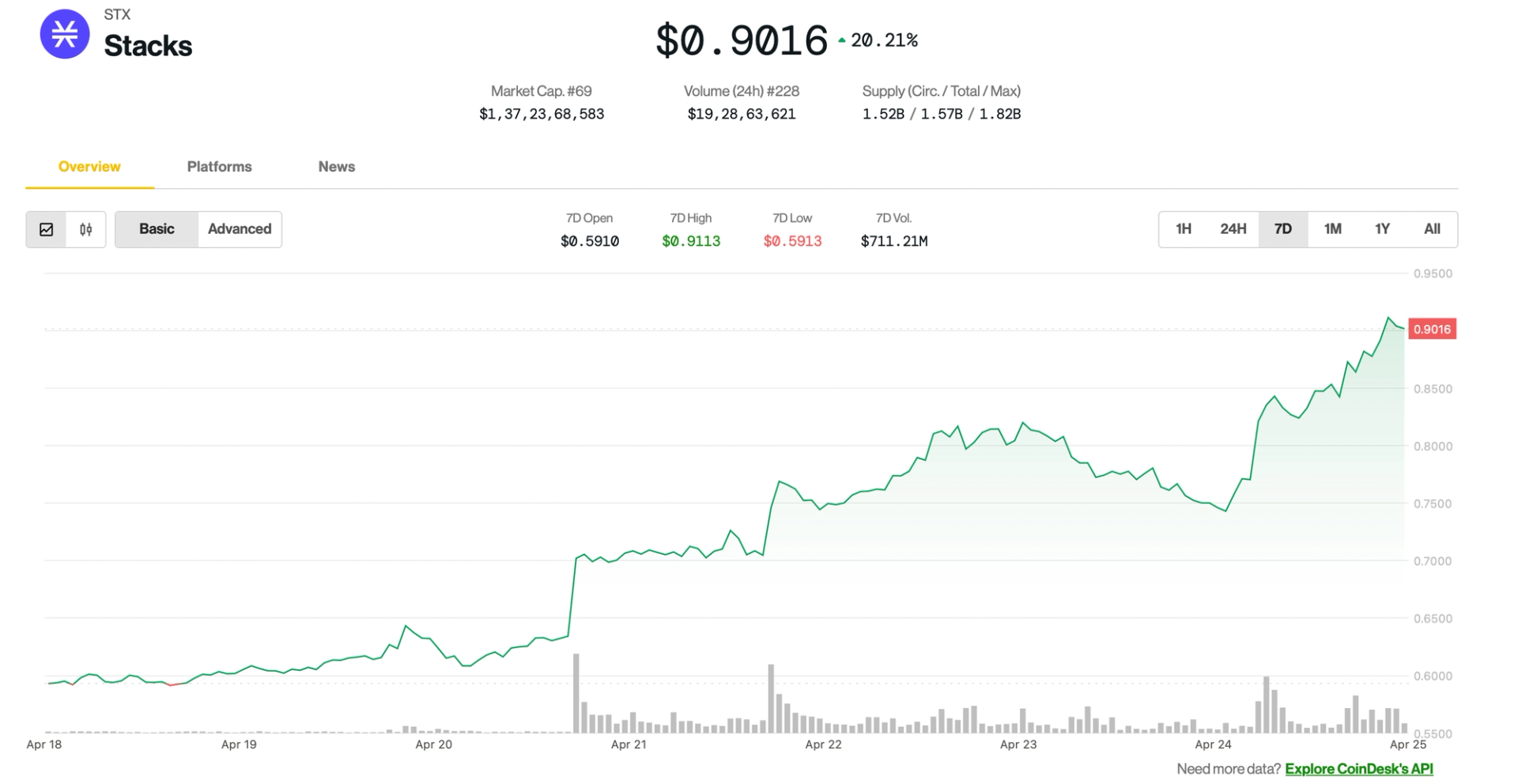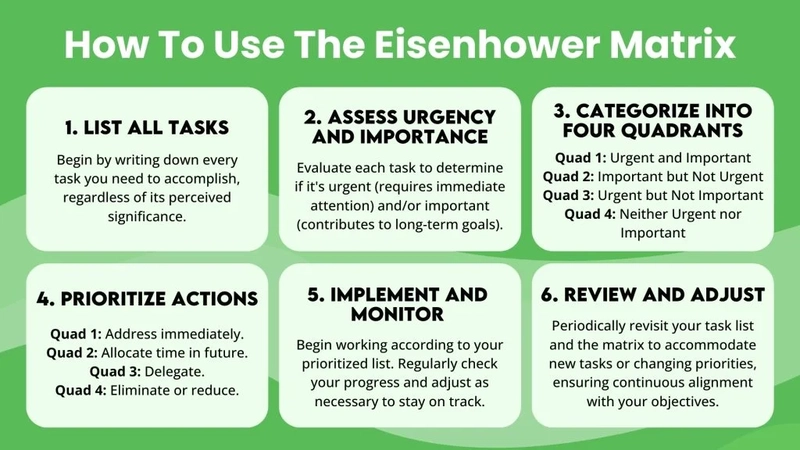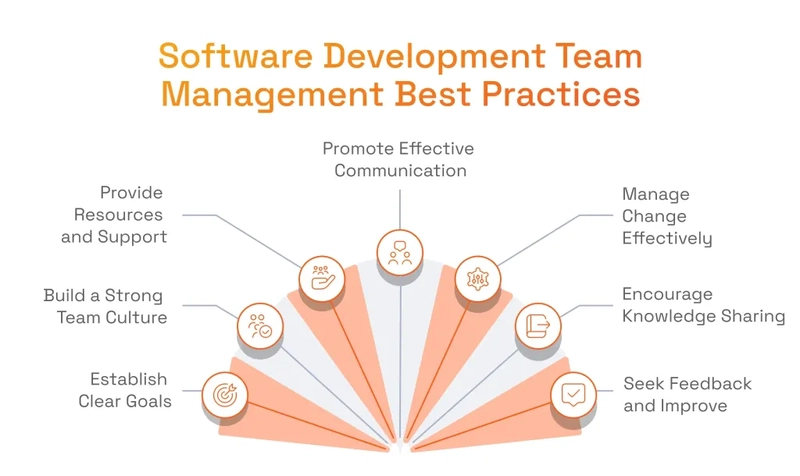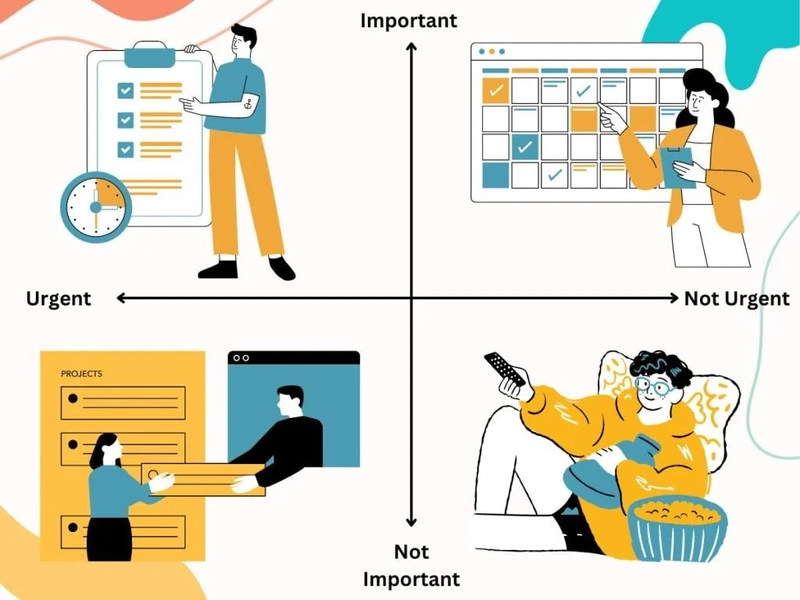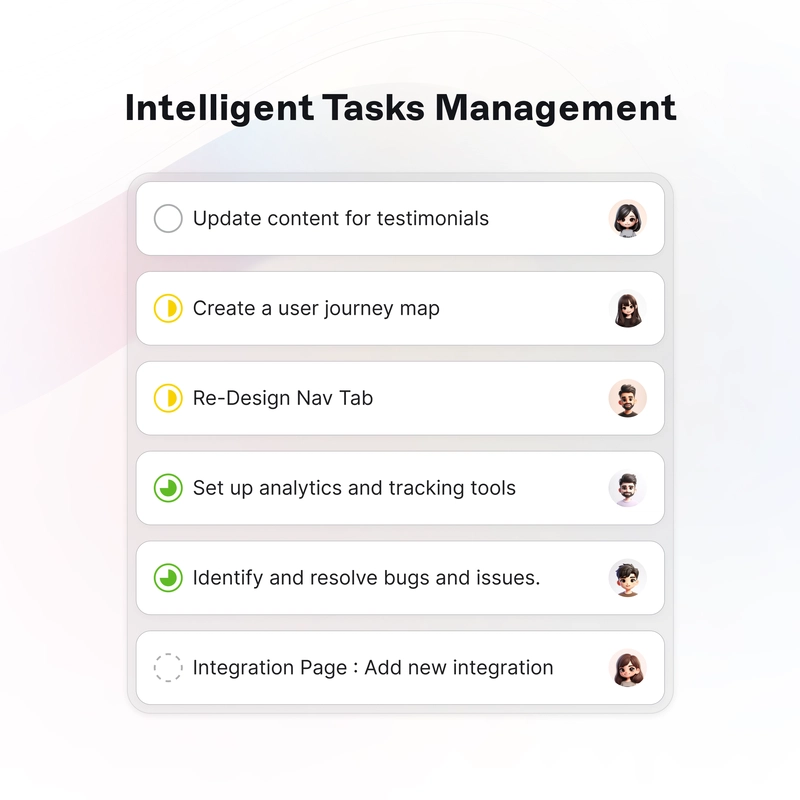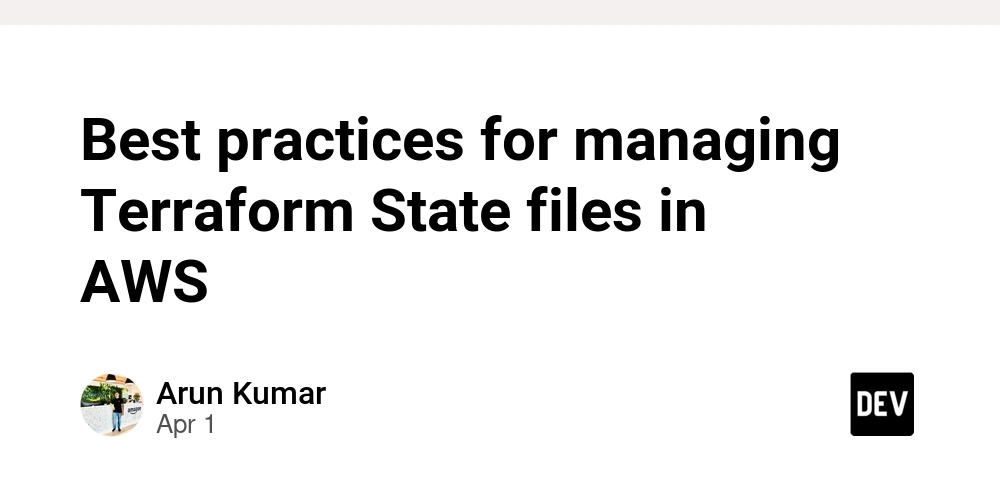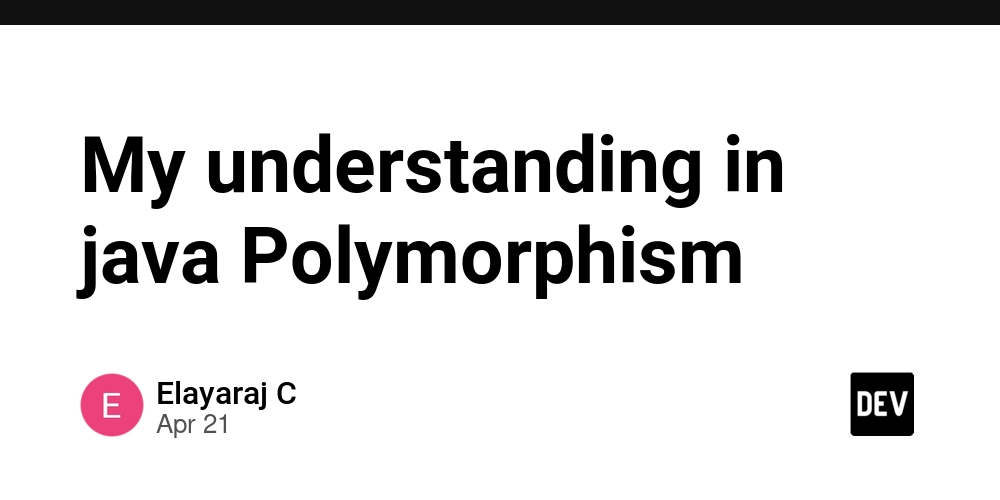What’s Holding Your Dev Team Back? The Surprising Power of the Eisenhower Matrix for Smarter Task Management
Introduction As a developer, you've likely experienced those overwhelming days when your task list seems to explode with "urgent" requests. The product manager needs that feature ASAP. Three critical bugs just appeared in the production. The technical debt you've been postponing is finally causing problems. And somehow, you're expected to handle it all simultaneously. When everything feels urgent, nothing truly is. Yet the pressure remains very real. The good news? You can cut through the chaos and focus on what genuinely matters with the proper prioritization framework. Enter the Eisenhower Matrix—a powerful decision-making tool that helps developers distinguish between urgent and essential, ensuring you focus your energy where it matters most. Manage your Project Efficiently with Teamcamp What is the Eisenhower Matrix? The Eisenhower Matrix, also known as the Urgent-Important Matrix, is a decision-making framework that categorizes tasks based on their urgency and importance. Named after the 34th President of the United States, Dwight D. Eisenhower, this method provides a clear visualization of tasks, allowing developers to make informed choices about where to focus their efforts. The matrix comprises four quadrants that help you categorize your development tasks: Quadrant 1: Urgent and Important - Tasks requiring immediate attention, like critical production bugs or security vulnerabilities. Quadrant 2: Important but Not Urgent - Tasks that contribute to long-term success but don't need immediate action, such as code refactoring or skill development. Quadrant 3: Urgent but Not Important - Tasks that seem pressing but don't significantly contribute to your goals, like responding to every notification or attending unnecessary meetings. Quadrant 4: Neither Urgent nor Important - Time-wasting activities that should be minimized or eliminated, such as excessive social media or unproductive small tasks. Why the Eisenhower Matrix Matters for Developers Effective prioritization isn't just about working faster but working smarter. For developers specifically, proper task prioritization: Reduces context switching, which research shows can decrease productivity by up to 40% Ensures critical bugs and security issues get addressed before they impact users Aligns development work with business goals and deadlines Decreases stress and prevents burnout Creates space for deep work, where your best coding happens Without a transparent system for prioritization, you'll find yourself constantly firefighting, never making meaningful progress on important projects, and watching your productivity suffer. Applying the Eisenhower Matrix to Development Work Let's break down how each quadrant applies specifically to software development tasks: Quadrant 1: Urgent and Important (Do First) These tasks need immediate attention and have a significant impact. Always tackle these first. Examples in development: Production outages or critical bugs affecting users Security vulnerabilities requiring immediate patching Blocking issues preventing team progress Imminent release deadlines How to handle: Address these tasks immediately Allocate focused time without distractions Consider pair programming for faster resolution Document solutions thoroughly to prevent recurrence Quadrant 2: Important but Not Urgent (Schedule) These tasks contribute to long-term success and should be scheduled into your workflow. Examples in development: Code refactoring and technical debt reduction Learning new skills and technologies Architecture planning and design work Documentation improvements Test automation development How to handle: Block dedicated time on your calendar for these tasks Protect this time from interruptions Break larger tasks into smaller, manageable chunks Track progress to ensure completion Quadrant 3: Urgent but Not Important (Delegate) Tasks that appear urgent but don't significantly contribute to your goals or could be handled by someone else. Examples in development: Most meetings and status updates Responding to non-critical emails or messages Minor bug fixes that don't impact core functionality Administrative tasks How to handle: Delegate when possible Batch similar tasks together Automate repetitive processes Consider if these tasks can be eliminated entirely Quadrant 4: Neither Urgent nor Important (Eliminate) Time-wasting activities that should be minimized or eliminated from your daily routine. Examples in development: Excessive social media browsing Unnecessary code tweaking (perfectionism) Attending irrelevant meetings Constantly checking email or Slack How to handle: Eliminate these tasks whenever possible Set boundaries around distractions Use website blockers during focused work time Audit how you spend your time to identify these tasks Practical Implementation for Development
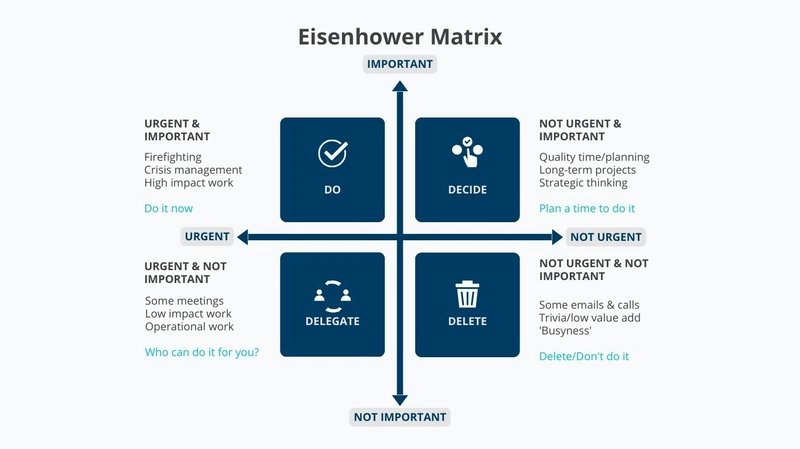
Introduction

As a developer, you've likely experienced those overwhelming days when your task list seems to explode with "urgent" requests. The product manager needs that feature ASAP. Three critical bugs just appeared in the production. The technical debt you've been postponing is finally causing problems. And somehow, you're expected to handle it all simultaneously.
When everything feels urgent, nothing truly is. Yet the pressure remains very real. The good news? You can cut through the chaos and focus on what genuinely matters with the proper prioritization framework.
Enter the Eisenhower Matrix—a powerful decision-making tool that helps developers distinguish between urgent and essential, ensuring you focus your energy where it matters most.
Manage your Project Efficiently with Teamcamp
What is the Eisenhower Matrix?
The Eisenhower Matrix, also known as the Urgent-Important Matrix, is a decision-making framework that categorizes tasks based on their urgency and importance. Named after the 34th President of the United States, Dwight D. Eisenhower, this method provides a clear visualization of tasks, allowing developers to make informed choices about where to focus their efforts.
The matrix comprises four quadrants that help you categorize your development tasks:
Quadrant 1: Urgent and Important - Tasks requiring immediate attention, like critical production bugs or security vulnerabilities.
Quadrant 2: Important but Not Urgent - Tasks that contribute to long-term success but don't need immediate action, such as code refactoring or skill development.
Quadrant 3: Urgent but Not Important - Tasks that seem pressing but don't significantly contribute to your goals, like responding to every notification or attending unnecessary meetings.
Quadrant 4: Neither Urgent nor Important - Time-wasting activities that should be minimized or eliminated, such as excessive social media or unproductive small tasks.
Why the Eisenhower Matrix Matters for Developers

Effective prioritization isn't just about working faster but working smarter. For developers specifically, proper task prioritization:
- Reduces context switching, which research shows can decrease productivity by up to 40%
- Ensures critical bugs and security issues get addressed before they impact users
- Aligns development work with business goals and deadlines
- Decreases stress and prevents burnout
- Creates space for deep work, where your best coding happens
Without a transparent system for prioritization, you'll find yourself constantly firefighting, never making meaningful progress on important projects, and watching your productivity suffer.
Applying the Eisenhower Matrix to Development Work
Let's break down how each quadrant applies specifically to software development tasks:
Quadrant 1: Urgent and Important (Do First)
These tasks need immediate attention and have a significant impact. Always tackle these first.
Examples in development:
- Production outages or critical bugs affecting users
- Security vulnerabilities requiring immediate patching
- Blocking issues preventing team progress
- Imminent release deadlines
How to handle:
- Address these tasks immediately
- Allocate focused time without distractions
- Consider pair programming for faster resolution
- Document solutions thoroughly to prevent recurrence
Quadrant 2: Important but Not Urgent (Schedule)
These tasks contribute to long-term success and should be scheduled into your workflow.
Examples in development:
- Code refactoring and technical debt reduction
- Learning new skills and technologies
- Architecture planning and design work
- Documentation improvements
- Test automation development
How to handle:
- Block dedicated time on your calendar for these tasks
- Protect this time from interruptions
- Break larger tasks into smaller, manageable chunks
- Track progress to ensure completion
Quadrant 3: Urgent but Not Important (Delegate)
Tasks that appear urgent but don't significantly contribute to your goals or could be handled by someone else.
Examples in development:
- Most meetings and status updates
- Responding to non-critical emails or messages
- Minor bug fixes that don't impact core functionality
- Administrative tasks
How to handle:
- Delegate when possible
- Batch similar tasks together
- Automate repetitive processes
- Consider if these tasks can be eliminated entirely
Quadrant 4: Neither Urgent nor Important (Eliminate)
Time-wasting activities that should be minimized or eliminated from your daily routine.
Examples in development:
- Excessive social media browsing
- Unnecessary code tweaking (perfectionism)
- Attending irrelevant meetings
- Constantly checking email or Slack
How to handle:
- Eliminate these tasks whenever possible
- Set boundaries around distractions
- Use website blockers during focused work time
- Audit how you spend your time to identify these tasks
Practical Implementation for Development Teams
Implementing the Eisenhower Matrix in your development workflow requires both individual discipline and team coordination. Here's how to make it work:
1. Collect and List All Tasks
Before you can prioritize effectively, you need visibility into everything on your plate. Create a comprehensive list of all tasks, including:
- Assigned tickets and bug reports
- Feature requests
- Code reviews
- Technical debt items
- Documentation needs
- Meetings and administrative work
A project management tool like Teamcamp can centralize this information rather than keep it scattered across emails, Slack messages, and sticky notes.
2. Assess True Urgency vs. Perceived Urgency
Not everything labeled "urgent" truly is. Ask these questions to determine a task's actual urgency:
- What happens if this doesn't get done today? This week?
- Who will be impacted if this task is delayed?
- Is this blocking other team members or critical path items?
- Is there a hard deadline driven by external factors (like a product launch)?
You'll often find that many "urgent" requests can wait without significant consequences.
3. Apply the Matrix and Prioritize
Once you've categorized your tasks into the four quadrants, focus on them in this order:
- Urgent and Important (Do immediately)
- Necessary but Not Urgent (Schedule time)
- Urgent but Not Important (Delegate or batch)
- Neither Urgent nor Important (Eliminate)
Teamcamp's task prioritization features make this process seamless by allowing you to organize tasks based on their importance and urgency visually. The platform's customizable dashboards provide real-time visibility into your prioritized tasks, ensuring you always know what to work on next.
4. Focus on One task at a Time
Multitasking is a myth, especially for developers. Context switching between coding tasks is particularly expensive from a cognitive perspective. Once you've identified your highest priority task:
- Close unnecessary tabs and applications
- Block distractions (email, Slack, etc.)
- Set a timer for focused work (the Pomodoro Technique works well)
- Work on that single task until completion or until you reach a logical stopping point
Teamcamp's focus mode helps you concentrate on one task at a time, reducing the temptation to multitask.
5. Communicate Priorities and Set Expectations
When you can't do everything at once (and you can't), clear communication becomes essential:
- Let stakeholders know your current priorities and why you've ranked tasks in a particular order
- Provide realistic timelines for lower-priority items
- Negotiate deadlines when necessary
- Be transparent about capacity constraints
Teamcamp's unified communication hub integrates messaging and file sharing in one platform, making it easier to keep everyone aligned on priorities.
Time Management Techniques That Complement the Eisenhower Matrix
Several time management techniques work well alongside the Eisenhower Matrix to further enhance developer productivity:
Time Blocking
Allocate specific blocks of time for particular tasks. For example, you can designate the morning hours for focused coding without interruptions.
To implement time blocking effectively:
- Identify your high-priority tasks (Quadrant 1 and 2)
- Allocate specific time blocks on your calendar for each task
- During these blocks, concentrate solely on the designated task, minimizing distractions
- Periodically review and adjust your time blocks based on your progress and changing priorities
The Pomodoro Technique
This technique involves working in focused 25-30 minute intervals followed by short breaks. This approach aligns with how our brains naturally function and is particularly effective for development work.
When working with complex codebases, getting your bearings can take time. Focus sessions give you the uninterrupted time needed to understand the problem space before implementing solutions.
Pro tip: Use longer Pomodoro sessions (40-50 minutes) for deep coding work and shorter sessions for administrative tasks.
Read Detail Blog on Pomodoro technique
Task Batching
Grouping similar tasks minimizes the mental overhead of switching contexts. Dedicate specific time blocks for:
- Code reviews and pull requests
- Bug fixes
- Documentation
- Meetings and communication
How Teamcamp Enhances the Eisenhower Matrix for Developers
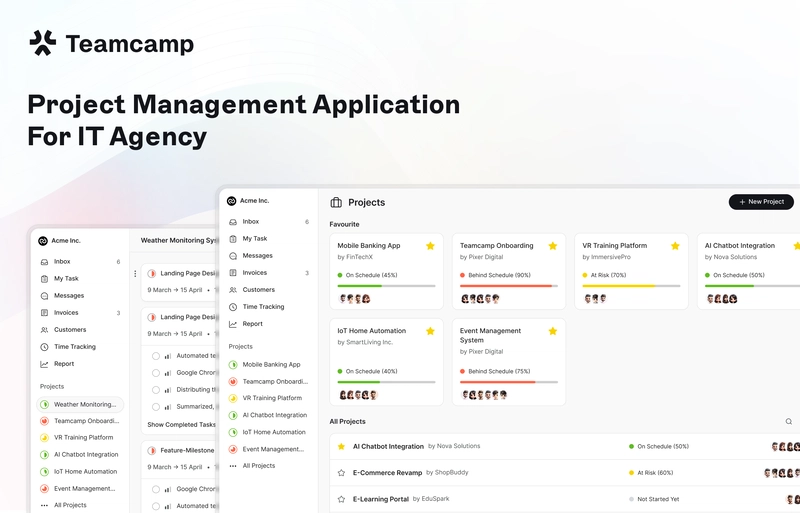
Implementing the Eisenhower Matrix becomes significantly more effective with the right tools. Teamcamp is an all-in-one project management platform designed with developers in mind that enhances your prioritization efforts:
Unified Project Dashboard: Teamcamp provides a centralized view of all projects, tasks, and resources in one intuitive interface. This dashboard aggregates real-time updates and key metrics, making it easier to identify what belongs in each quadrant of the Eisenhower Matrix.
Task Prioritization Tools: The platform offers intuitive tools to focus on what matters most, allowing you to visually organize tasks based on their importance and urgency.
Milestone & Deadline Tracking: Clear visibility into project timelines and critical deadlines helps you identify truly urgent tasks versus those that can be scheduled.
Custom Task Status: Workflows that adapt to your team's unique processes ensure that tasks move smoothly through your prioritization system.
Organizations using Teamcamp report significant improvements in their development processes:
- 3.2x increase in client satisfaction
- 28% faster project delivery
- 32% reduction in administrative work
- 42% lower overhead costs
Building a Productivity-Focused Developer Culture
Creating a culture that values both productivity and developer well-being requires thoughtful leadership:
Set Clear Goals & Objectives: Define measurable and achievable project kickoff meeting targets to align everyone's expectations.
Define Roles & Responsibilities: Assign specific tasks to team members to prevent overlaps and ensure efficient execution.
Foster Effective Communication: Ensure seamless collaboration between stakeholders with regular status updates
Embrace Continuous Improvement: Learn from past projects to enhance future outcomes.
Conclusion: Mastering Prioritization for Developer Success
The Eisenhower Matrix empowers developers to make strategic decisions about where to focus their time and energy. By distinguishing between urgent and important tasks, you can ensure that you're not just busy—you're productive in ways that matter.
As we progress through 2025, developer productivity will continue evolving with emerging technologies and methodologies. The most successful development teams will be those that embrace the right combination of tools, strategies, and cultural practices.
Developing teams can dramatically increase their output by implementing powerful platforms like Teamcamp alongside thoughtful prioritization strategies like the Eisenhower Matrix while maintaining code quality and developer satisfaction.
Remember that effective time management isn't about working more hours—it's about making the most of the time you have. The most successful developers aren't necessarily the ones who work the longest hours, but those who strategically manage their time to maximize deep work, minimize distractions, and collaborate efficiently.
Ready to transform your development workflow? Consider how tools like Teamcamp can help your team implement the Eisenhower Matrix while maintaining the autonomy developers need to do their best work.



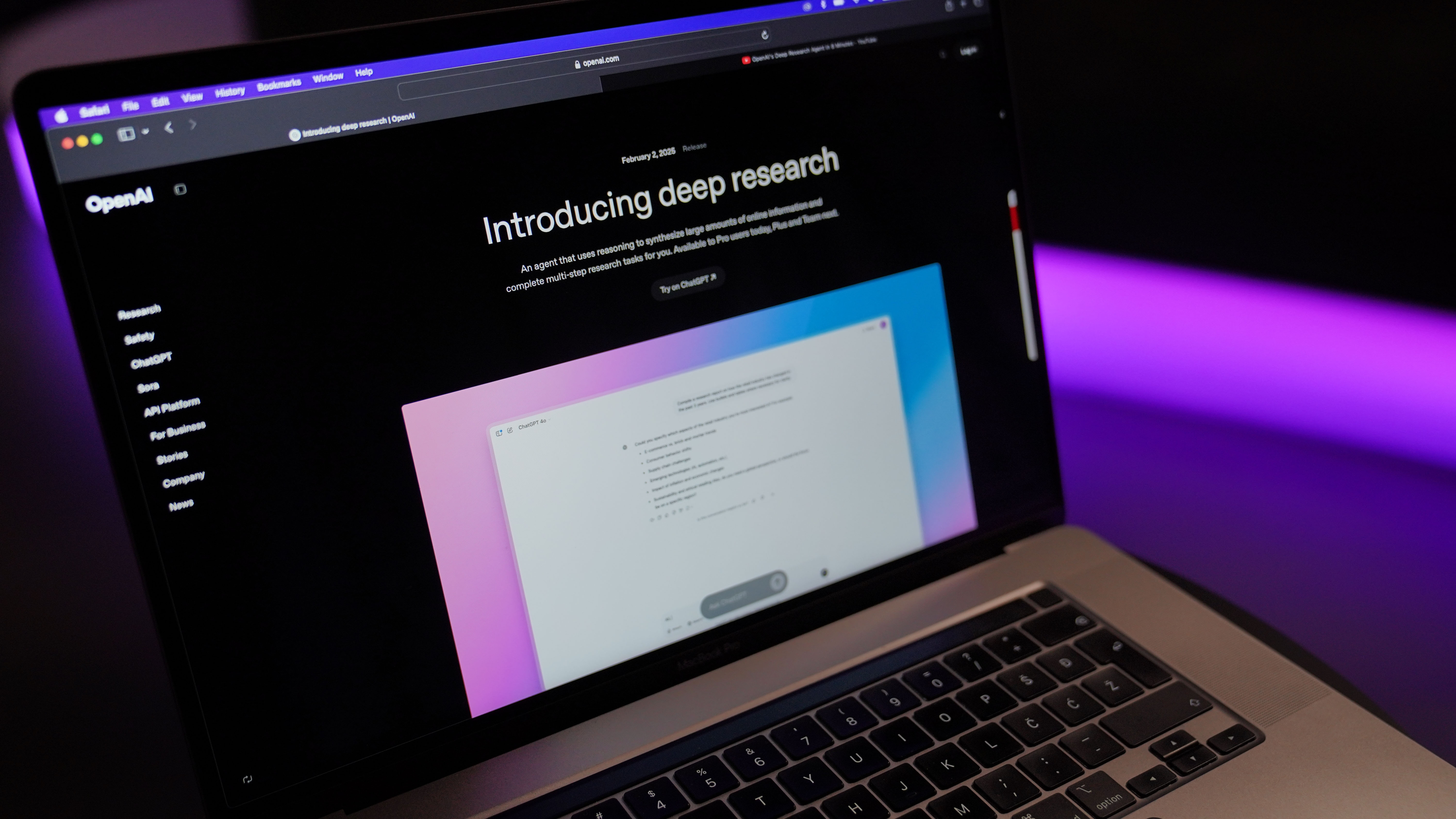

































































































































































![[The AI Show Episode 144]: ChatGPT’s New Memory, Shopify CEO’s Leaked “AI First” Memo, Google Cloud Next Releases, o3 and o4-mini Coming Soon & Llama 4’s Rocky Launch](https://www.marketingaiinstitute.com/hubfs/ep%20144%20cover.png)



















































































































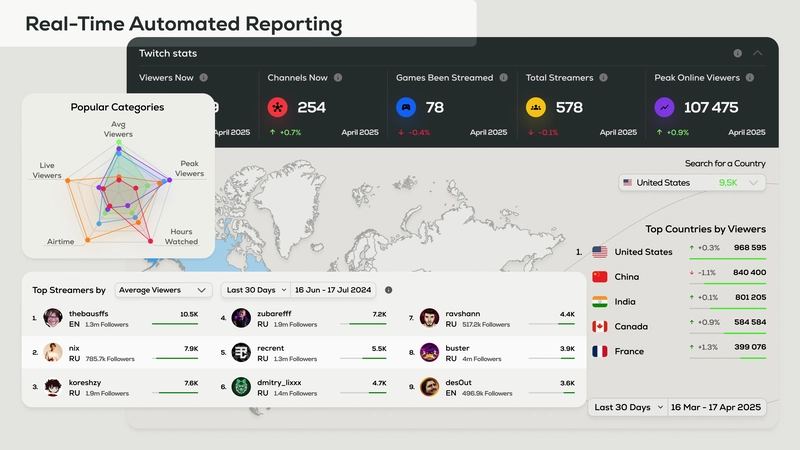
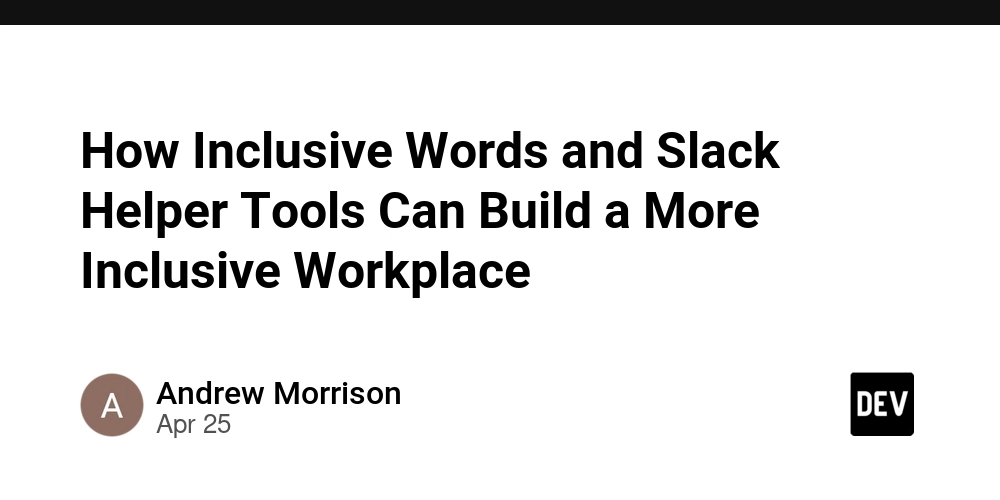

































































.jpg?width=1920&height=1920&fit=bounds&quality=70&format=jpg&auto=webp#)























































.jpg?#)



















































































































































![Apple to Shift Robotics Unit From AI Division to Hardware Engineering [Report]](https://www.iclarified.com/images/news/97128/97128/97128-640.jpg)

![Apple Shares New Ad for iPhone 16: 'Trust Issues' [Video]](https://www.iclarified.com/images/news/97125/97125/97125-640.jpg)















































































